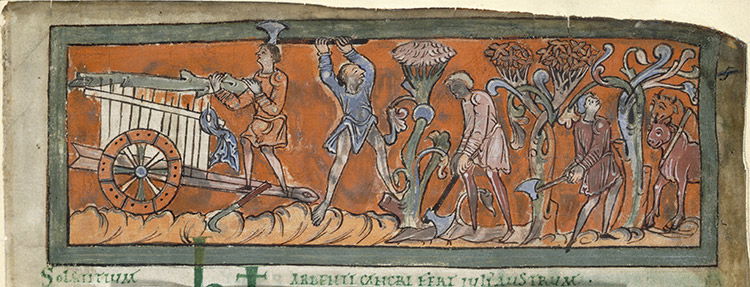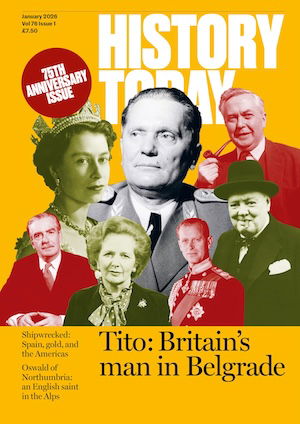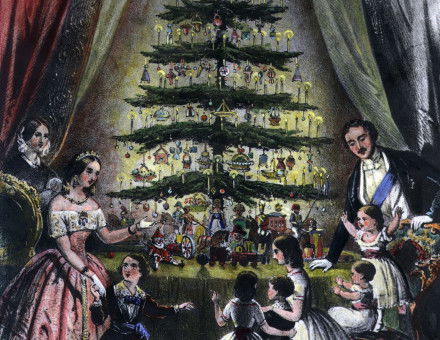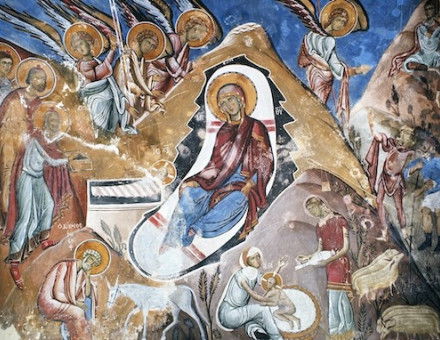The Beauties of the Year
The beginning of another year provides Eleanor Parker with an opportunity to reflect on a meditation on time that combines exquisite Old English poetry with early medieval science.
 The beginning of a new year prompts reflections on time. Early medieval historians and scholars were fascinated by the calculation of time and one of the most attractive insights into how they understood it is an Old English poem which survives in one of the manuscripts of the Anglo-Saxon Chronicle.
The beginning of a new year prompts reflections on time. Early medieval historians and scholars were fascinated by the calculation of time and one of the most attractive insights into how they understood it is an Old English poem which survives in one of the manuscripts of the Anglo-Saxon Chronicle.





